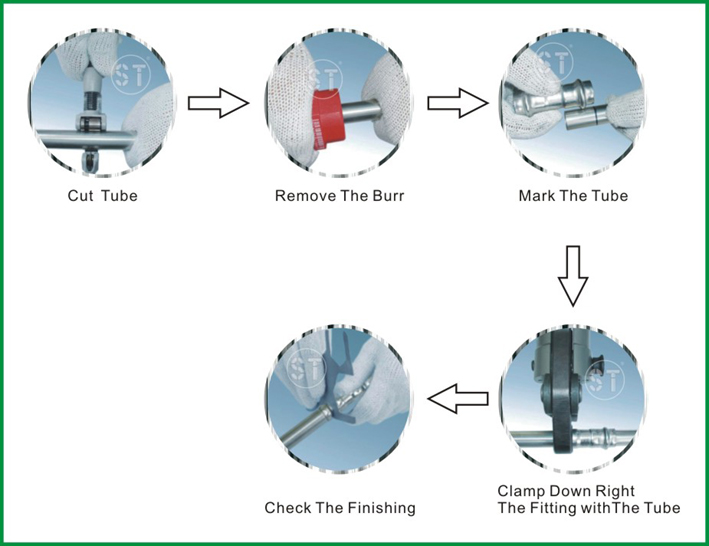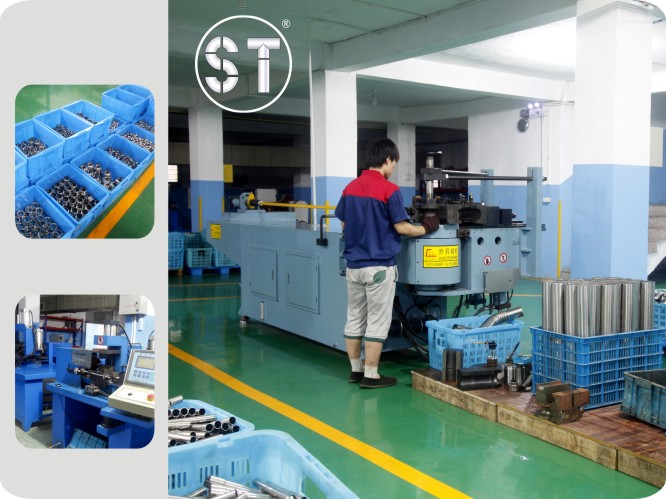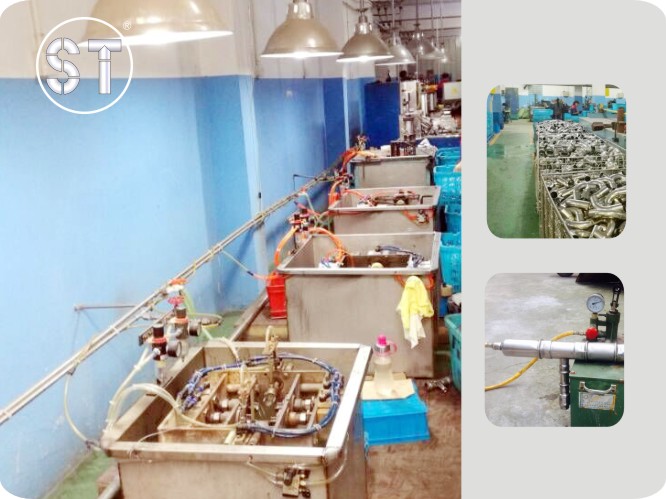Current trends and late trends of cotton pests and diseases in Xinjiang
   This year, the cotton planting area of ​​Xinjiang is 15.39 million mu. Due to the high temperature in spring, the precipitation in southern Xinjiang is less, and the precipitation in most parts of northern Xinjiang is more, the occurrence period of pests and diseases in most areas of the whole district is obviously advanced. According to the monitoring of pests and diseases in various localities (counties) and counties (cities) , this year is the earliest year since the beginning of the wintering of cotton bollworms in 2000. At present, the first generation of cotton bollworm larvae in southern Xinjiang has begun to harm cotton, vegetables and cotton. After moving into the cotton field, the central plant will soon be formed. Cotton, horses and cotton blind mites have already appeared "headless cotton" and "multi-head cotton"; some cotton areas have begun to develop disease. In late May as the temperature gradually increased, it is expected aphid, cotton spider mites, thrips and other pests of cotton in the region widespread, heavy damage in some areas, attention should be paid.
First, the occurrence of recent pests and diseases
(1) The overwintering cotton bollworm is early in the early stage, and the cotton worm has seen a generation of larvae
The overwintering base of cotton bollworm is lower than last year's average in most of Xinjiang. Only the winter base of Kashgar in southern Xinjiang increased compared with the previous year; the winter survival rate in spring, the cotton area in the north and south is higher than last year, and the east Xinjiang is flat or slightly lower than last year. Low. The surviving survival rate of Yutian County in southern Xinjiang was 96.5% ( 1.3% higher than the previous year ). The winter survival rate in Kashgar was 73.25% ( 7.91% higher than the previous year ); the survival rate in Makati County was 31% (down 14.6% from the previous year ). The winter survival rate of Aksu City was 76.39% ( 0.83% lower than the previous year ); the winter survival rate of Kuche County was 7.9% (up 13.1% higher than the previous year ). The surviving survival rate of Changji in northern Xinjiang was 87.21% ( 26.61% higher than the previous year ). The winter survival rate of Ili Chabugal County was 16.4% ( 1.8% lower than the previous year ). The winter survival rate in the Hami area of ​​eastern Xinjiang was 69% ( 3.44% lower than the previous year ).
The wintering period of the cotton bollworm was generally 2-30 days earlier than in 2012 . According to the survey, the city of Hotan in southern Xinjiang lure March 20 to five female moths, the earliest year for the past three years occurred; Kezhou lure March 25 to a female moths, the first year of occurrence for the past five years; Kashi Bachu County March 31 lured into a female moths, for the past 16 years, the first year of the occurrence; Aksu lure April 11 to a female moths, for the past three years, the occurrence of the first year; Turpan lure and 1 April 1 head moth female, one male moth, for the past 10 years, the first year of the occurrence; Bavaria Yuli lure April 15 to a female moths, the first year of occurrence for the past five years.
Wheat, vegetables and other host cotton bollworms have higher egg mass, and the cotton field has lower egg mass, which is mainly harmful to 1-2 instar larvae. Wada Yutian County of eggs Wheat 0.02 Spike one hundred, one hundred larvae spike 0.03; Hotan cotton three one hundred larvae. Kashi Shufu Cornfield one hundred of eggs 15, the amount of a cotton one hundred eggs; Makit County a wheat field Net.All larvae (third instar). Aksu City wheat fields of eggs 1.23 Spike one hundred, one hundred larvae 1. The average corn yield in the cornfield of Yuli County, Bazhou is 7.5 , and the number of eggs in the vegetable field is 13 . Turpan vegetable fields one hundred larvae 34 3-4 instar larvae damage based.
(2) Cotton mites in the southern Xinjiang cotton area moved into the cotton field and formed a central strain
Except for the early occurrence of cotton aphid in some cotton areas in southern Xinjiang, other cotton areas occurred late. At present, the southern cotton aphid has moved into the cotton field and formed a central strain. According to the survey the country,喀什麦盖æCounty April 25 to move into cotton fields (four days earlier than last year); Shufu May 2 to move into cotton fields (one day later than last year), average aphid strain rate of 4 % , an average of 9 sputum sputum 9 ( 1 winged scorpion, 8 headless scorpion scorpion). Aksu City, April 22 to move into cotton fields (six days earlier than last year), average aphid strain rate of 2%, the amount of seven hundred aphids; Kuqa County, May 7 to move into cotton (5 nights over the previous year Day), there is a rate of 0.2% in the plant and 0.26 in the 100 plants . In Baili County, Bazhou has a total of 0.3 heads; in Luntai County, the average rate of sorghum is 1.44% , the number of sorghum is 6.32 , and the highest per plant is 79 . The northern Xinjiang Bozhou cotton aphid is mainly in the bougainvillea, mulberry leaf peony and other flowers on the flower pot (strain rate) of 5.44% , the average amount of sputum 14.08 head / pot (strain) single plant maximum amount of 22 heads of cotton field cotton aphid Sporadic.
(3) The cotton wool horse causes the cotton field to appear headless cotton
At present, the phenomenon of “headless cotton†has appeared in the local cotton area due to the damage of cotton and horses. According to the survey the country, southern喀什麦盖æCounty May 10 survey, average cotton headless strain rate of 2.3%, 4.5% average rate of damaged trees, insect strains average of 2%, an average of one hundred larvae 2. Aksu Wensu May 11 survey, cotton victim strain rate of 5.3%, the amount of one hundred insects 4.12; Awat County investigation April 23, cotton victim strain rate of 0.15%, the worm strain rate of 0.07%. The headless plant rate of cotton fields in Yuli County, Bazhou is 2.6% . In Changji Manas County, the average rate of worms is 5% , and the number of worms is 33 .
(4) Cotton leafhopper and blight in the local cotton field
With the continuous adjustment of the planting structure, the area of ​​facility agriculture has increased year by year, and the occurrence of cotton leafhoppers has also shown an upward trend. According to local surveys, cotton leafhoppers are currently in the stage of spotting. Aksu City, spider mites, see the beginning of May 7 (2 days earlier than in 2012), there are one hundred mites 0.18, one hundred mites amount of 0.18 (8.62 lower than in 2012), there are mites strain rate of 0.18%.
   In early May , the precipitation in most parts of Xinjiang was slightly higher, which was conducive to the occurrence of cotton blight. According to local surveys, the rate of the victim strain in Aksu Wensu County is 2.38%, the highest rate of harmful plants is 3.38% , the area of ​​occurrence is 0.052 million mu, and the area of ​​prevention and control is 0.048 million mu. The incidence rate of Ba County in Bazhou is 13% , of which 16 mu is seriously ill, the incidence rate is 60% , and the seedlings are basically dead; the average disease rate of Luntai County is 2.36% . The incidence rate in Bozhou is 8-9% , the mortality rate is 1-2% , and the rotten germination rate is 4-5% .
Second, cotton pests and diseases occur in the middle and late stages
According to the survey base throughout the winter and early spring survival, combined with a comprehensive analysis of historical data and meteorological factors: expected bollworm overall lighter (level 2), the local occurrence of moderate (grade 3), generation larvae damage period in late May and June in early May, mainly in the wheat fields, vegetable fields and some cotton hazards, in late May will enter the southern generation larvae damage peak. Cotton aphid is expected to occur moderate (grade 3), the local emphasis (level 4), eastern Xinjiang, southern Xinjiang cotton aphid first peak of harm in late May to early June, late June to early July peak of the infestation appears diffuse, winged The proportion of cockroaches will rise, and multiple spots will spread rapidly in cotton fields, and some areas will suffer from large areas. Cotton leafhoppers are expected to occur moderately ( level 3 ), locally biased ( level 4 ), and local plots in Aksu are large ( level 5 ) . Period in mid-June, the period in late June to August, occurred in mid-serious spider mites widespread. Cotton dams are expected to occur moderately and locally. Blight and blight continue to spread. Among them, blight is mainly caused by the cotton area along the Tianshan Mountains in the western part of northern Xinjiang and northern Xinjiang. Other cotton areas are less likely to occur in large areas.
Â
Carbon Steel Press fittings pipeline system is widely used in hot water supply, fire protection.
Compared with traditional pipeline system, it`s not only more economical, safer and healthier,
but also easier and faster for installation with longer service life.

1. Carbon Steel Press Fittings range:
Coupling -- Equal coupling, Reducing coupling, Slip coupling, coupling with male/ female threads;
Elbow -- Equal elbow, Elbow 90°, Elbow 45°, Reducing elbow, Elbow with plain end, Elbow with wall plate, and Elbow with male/ female threads;
Tee -- Equal tee, Reducing tee, Tee with wall plate, and Tee with male/ female threads;
Others-- Pipe cap, Pipe Bridge and Flange connector.
2. Material: Galvanized carbon steel, 1.0034C-Stahl,Kohlenstoffstahl, ACCIAIO AL CARBONIO.
3. Size: 3/8``-4``inch or as request, pipe wall thickness: 1.0--2.0mm
Sizes range:
DVGW W534:1995: 15, 18, 22, 28, 35, 42, 54, 76.1, 88.9, 108mm.
JIS G 3448-1980: 15.88, 22.22, 28.58, 34.00, 42.7, 48.6, 76.1, 88.9, 108mm.
4. Standard:
Press fitting standard: (DIN) DVGW W534-1995; (JIS) JWWA G116:2001; GB/T 19228.1-2003
Pipe standard: DIN10312:2003; GB/T 19228.2-2003
O-ring sealing standard: CEN EN 681-1:2006; GBT 19228.3-2003
5. O-Ring Seal: "Chlorinated butyl rubber" (CIIR), EPDM, HNBR, NBR and FKM, etc.
EPDM (black): max working pressure 16bar, working temperature from -20℃ to 120℃, Suit medium: cold and hot water, compressed Air etc.
6. Galvanization: all carbon steel pipe fittings are plated with rust-resistant zinc.
7. Anneal: all stainless steel pipe fittings are annealed in inert gases before packing.
Installation and Connection Order

Equipments And Quality Control

Orderly Workshop

Efficient Anneal Equipment

Pressure Testing

Tensile Testing
Carbon Steel M Profile Press Fittings(DVGW)
Carbon Steel M Profile Press Fittings,Carbon Steel Press Fittings,Steel Press Elbow Extension Fitting,M Profile Carbon Tee
WENZHOU KASIN VALVE PIPE FITTING CO., LTD. , http://www.kasinpressfitting.com